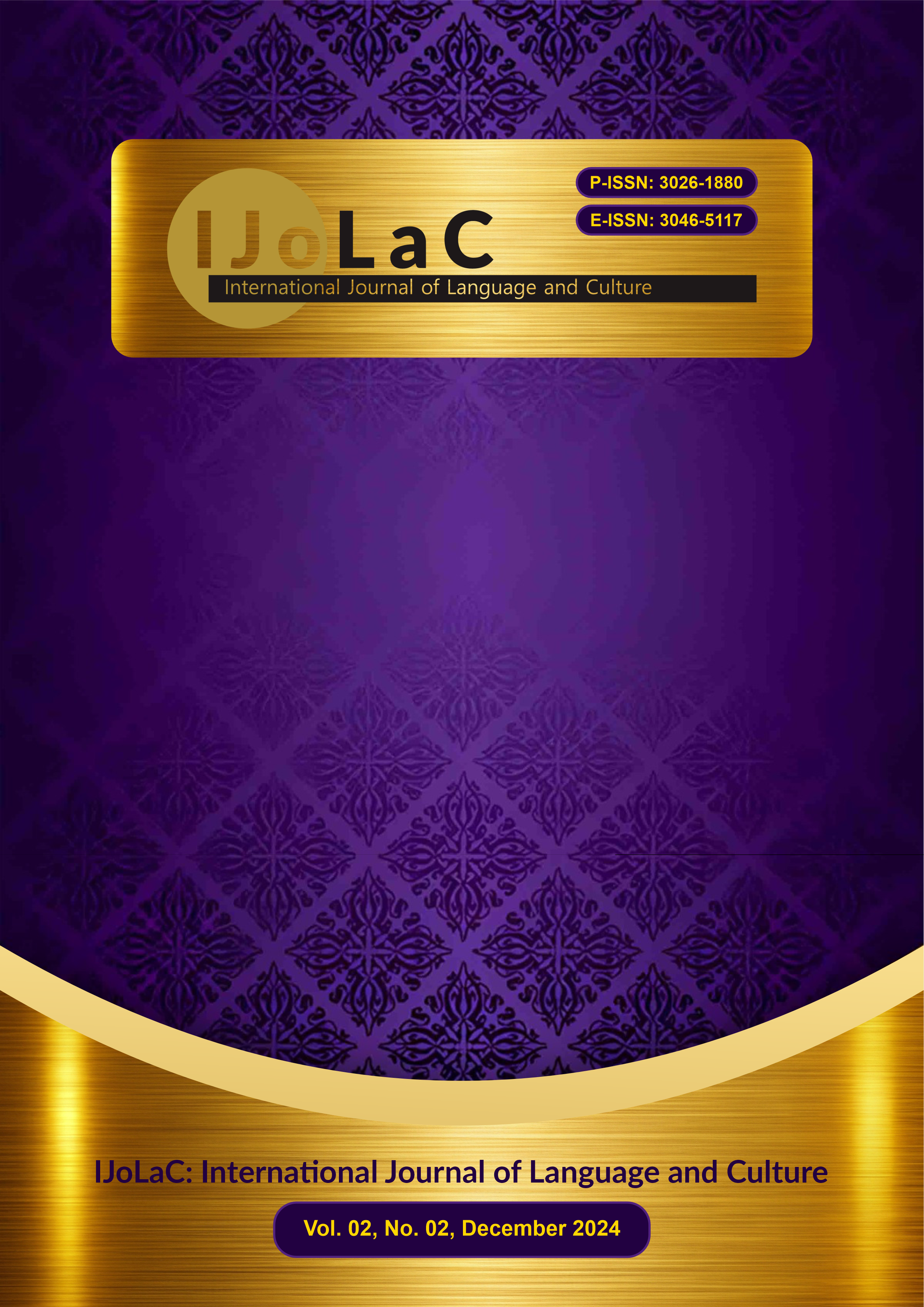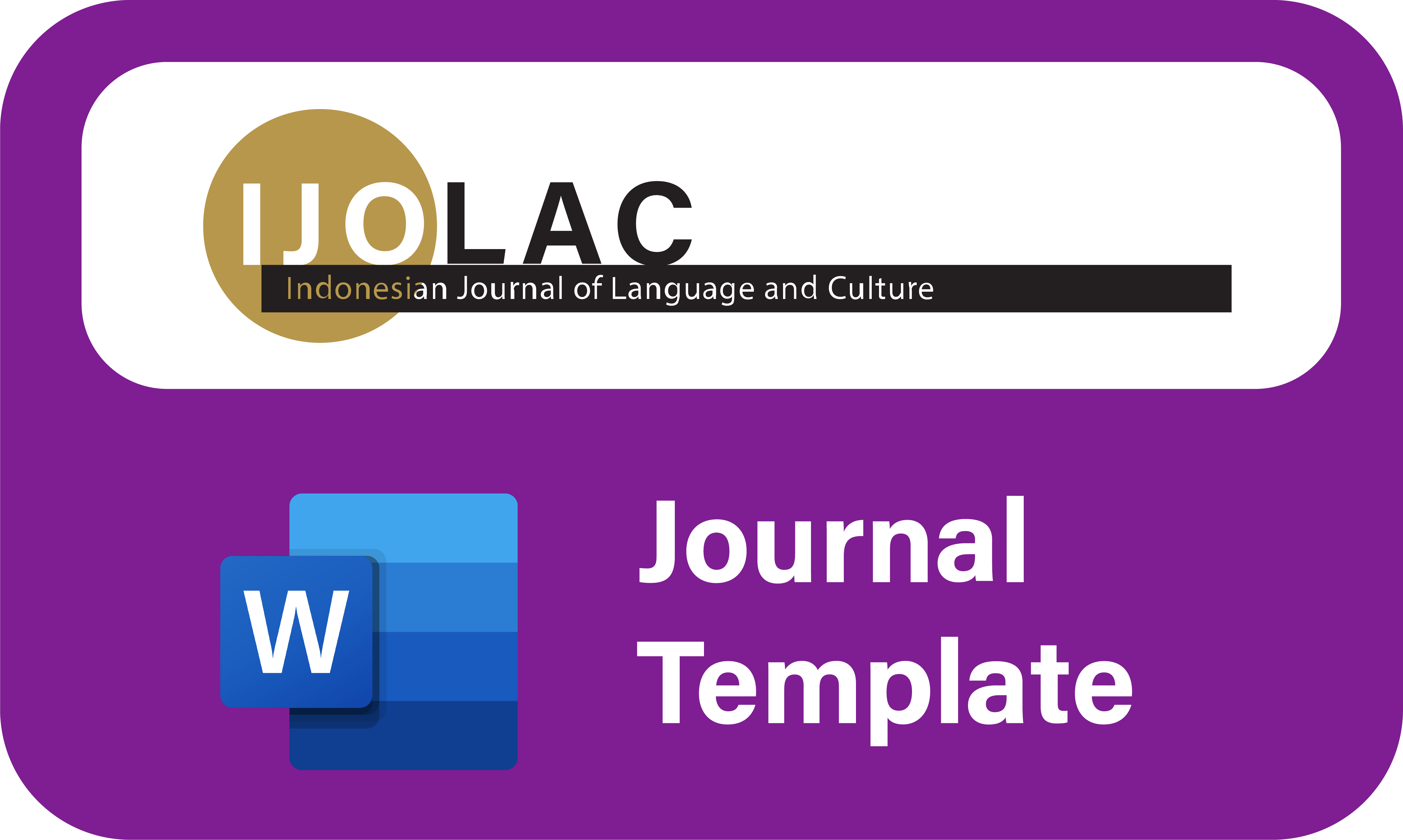UNDERSTANDING CHILD LANGUAGE DEVELOPMENT PATTERNS BASED ON DEVELOPMENTAL PSYCHOLOGY AND PSYCHOLINGUISTICS APPROACHES
Keywords:
Language Development, Developmental Psychology, PsycholinguisticsAbstract
Education is more than just teaching—it involves helping students understand and develop character, honing their innate potential in the learning process. This paper aims to provide teachers with insights on how to understand child development through developmental psychology and child psycholinguistics approaches. Teachers can create a more effective and supportive learning environment by understanding cognitive, emotional, and language development stages. The developmental psychology approach helps teachers recognize the emotional and social needs of children, allowing them to offer appropriate support at each stage of development. Meanwhile, child psycholinguistics enables teachers to understand how children acquire and develop language abilities, thus helping them create more appropriate and effective teaching methods. By integrating these two approaches, teachers can better design curricula and teaching strategies that suit the developmental needs of each child. This not only enhances teaching effectiveness but also helps children fully develop their potential holistically, covering cognitive, emotional, social, and linguistic aspects. A deep understanding of developmental psychology and child psycholinguistics equips teachers with the necessary tools to support each student's educational journey, making education a more meaningful experience and building the character and skills needed for their future.



